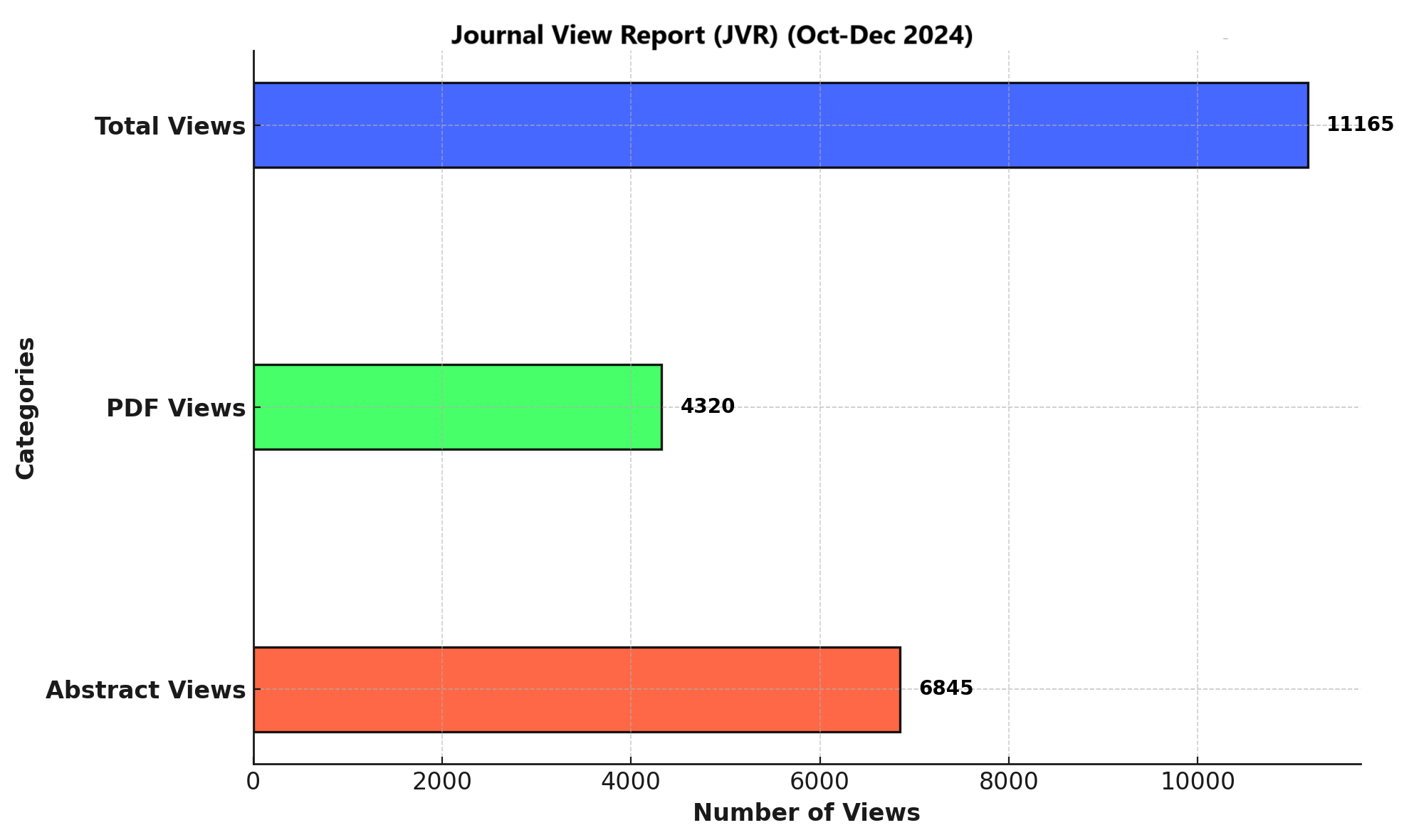PREVALENCE OF MIGRAINE AMONG NURSES AND ITS RELATIONSHIP WITH NURSING STATION ERGONOMICS
DOI:
https://doi.org/10.71000/ijhr180Keywords:
Ergonomics, headache, health care workers, migraine disorders, musculoskeletal pain, nursing stations, occupational healthAbstract
Background: Ergonomics, the science of optimizing interactions between individuals and their work environment, plays a crucial role in improving efficiency, comfort, safety, and health. In healthcare, particularly at nursing stations, ergonomic design significantly impacts nurse satisfaction, stress levels, and patient outcomes. Poor ergonomic practices have been associated with increased musculoskeletal discomfort and headaches, making workplace design a critical factor for the well-being of nurses, who often operate in high-stress environments.
Objective: To investigate the prevalence of migraines among nurses and explore its correlation with the ergonomic conditions of nursing stations.
Methods: This cross-sectional study included 100 female nurses with a mean age of 28.89 years (SD = 3.513). Data were collected using two validated tools: the International Classification of Headache Disorders, Third Edition (ICHD-3), to assess migraine prevalence and the Nursing Station Ergonomics Assessment (NSEA) to evaluate ergonomic compliance across 64 factors. Statistical analysis, including the Pearson Chi-Square test, was performed using IBM SPSS (2020) software to determine the relationship between migraines and nursing station ergonomics.
Results: The prevalence of migraines was notably high, with 65% (n = 65) experiencing migraines and 35% (n = 35) categorized as non-migraine. Among participants, 27% (n = 27) reported working in "good ergonomics" environments, while 73% (n = 73) described their conditions as "bad ergonomics." Migraine prevalence was higher in poor ergonomic conditions, with 45 participants reporting migraines compared to 20 in good ergonomic settings. A Pearson Chi-Square test revealed no statistically significant correlation between ergonomics and migraines (χ2 = 1.339, df = 1, p = 0.247), but trends suggested an indirect influence of ergonomics on migraine occurrence.
Conclusion: The study identified a high prevalence of migraines among nurses, with trends indicating that poor ergonomic conditions may exacerbate their occurrence, even in the absence of statistically significant results. Improving ergonomic conditions in nursing stations could enhance nurse well-being and mitigate health issues like migraines, highlighting the importance of workplace design in healthcare environments.
Downloads
Published
Issue
Section
License
Copyright (c) 2024 Javeria Sami, Kiran Shehzadi, Humaira Sadique, Sayeda Sidra Tasneem, Rubina Jabeen , Muhammad Zeeshan Anwar (Author)

This work is licensed under a Creative Commons Attribution-NonCommercial-NoDerivatives 4.0 International License.







